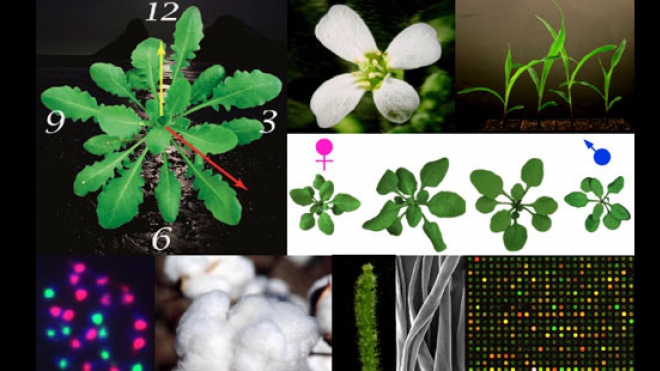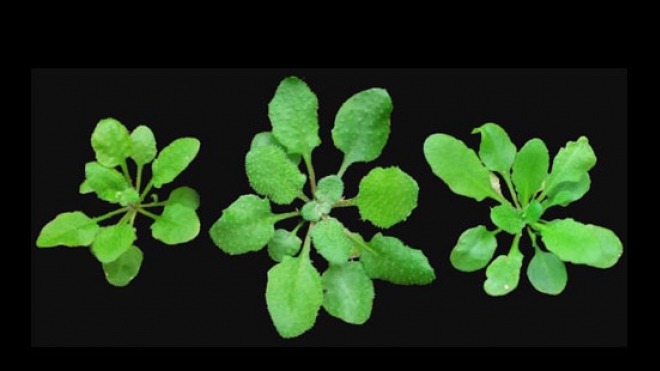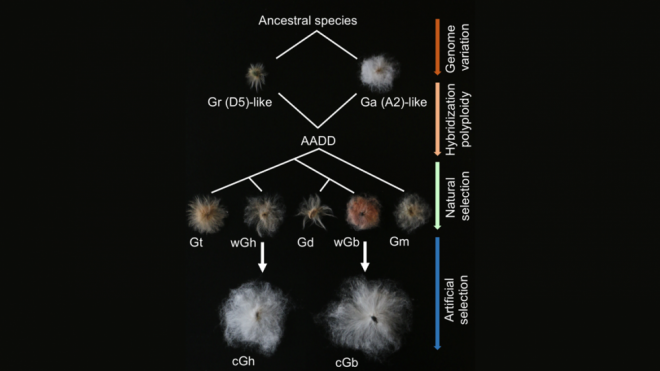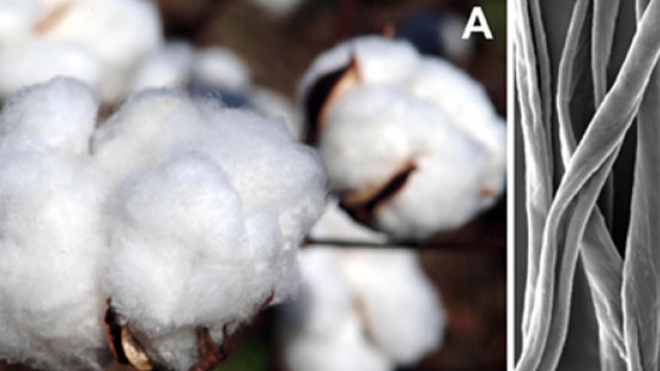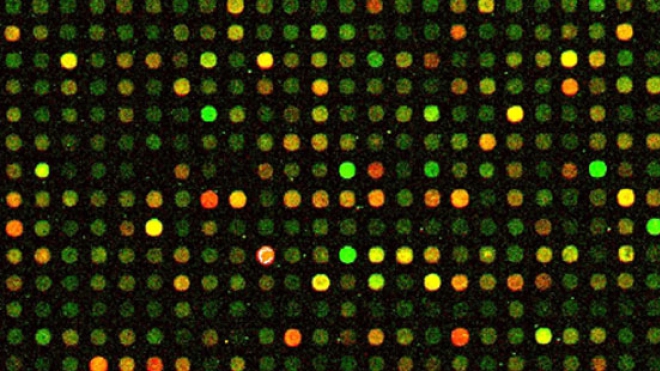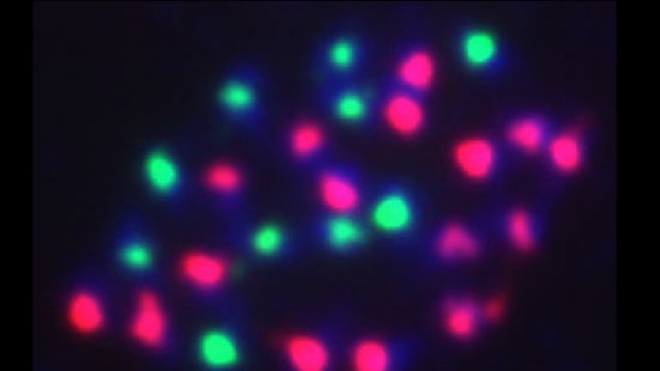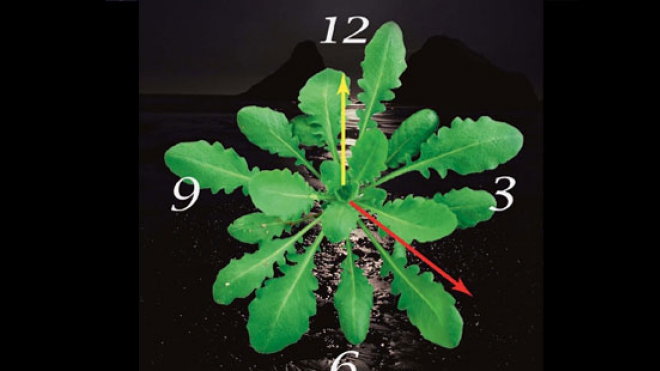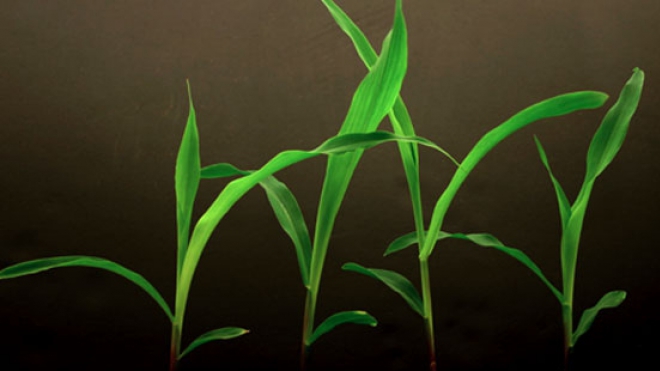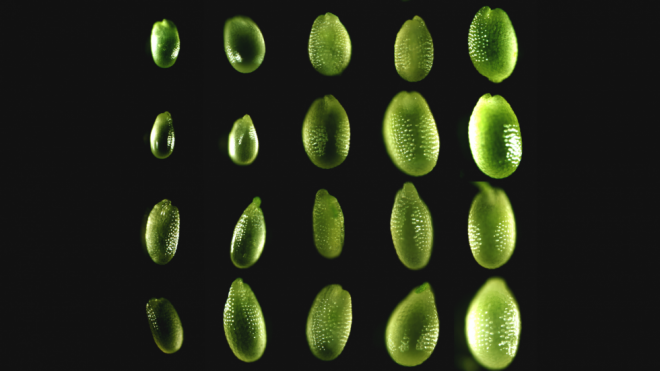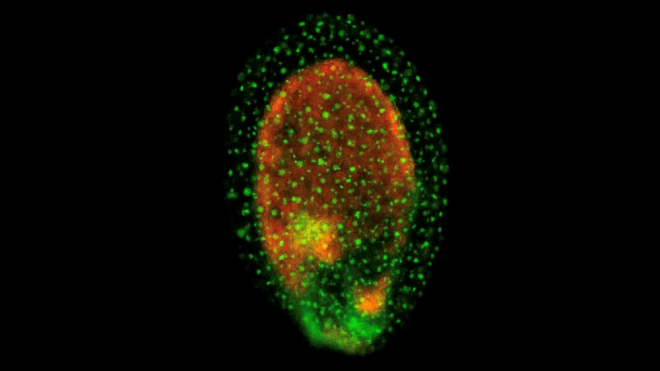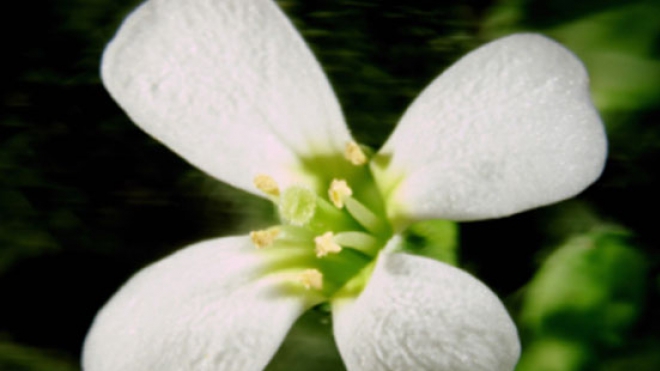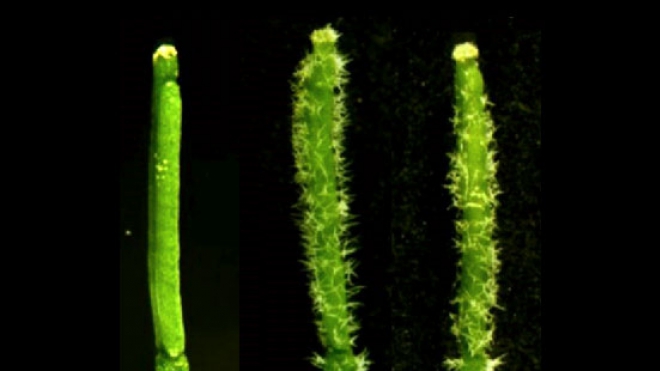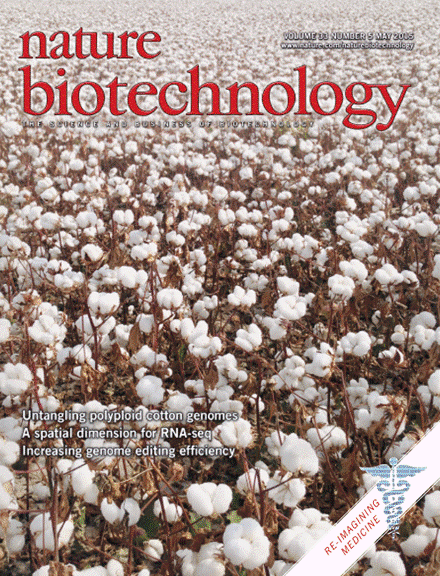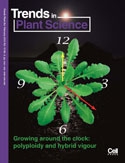The goal of our research program is to elucidate genetic and epigenetic mechanisms for polyploidy and heterosis and their impact on improvement of crop yield and resilience. Polyploidy and heterosis are fundamental biological phenomena that are critically important to agriculture in the face of climate challenges. Many crops, such as wheat, cotton and canola, are polyploids; others, like corn (maize) are grown as hybrids. Allopolyploid plants form by interspecific hybridization followed by genome doubling, where the heterozygosity and heterosis are permanently fixed, which provides genetic materials and bases for selection and adaptation in response to climate change and modern breeding. We employ interdisciplinary approaches using genomic and computational biology approaches, including machine learning, AI, genome-editing, and single-cell analysis to address the molecular bases for biomass and seed size heterosis in Arabidopsis and corn hybrids and for fiber cell development in tetraploid cotton. A recent discovery has linked altered circadian rhythms via epigenetic regulation with growth vigor in Arabidopsis hybrids and allopolyploids as well as maize hybrids. Although heterosis is commonly observed, some hybrids and allopolyploids cannot produce offspring, which is known as hybrid incompatibility. This is probably because genes and small RNAs in the respective hybridizing species are functionally diverged and may cause hybrid incompatibilities. Moreover, siRNA-directed DNA methylation mediates spatiotemporal regulation of seed development and the parent-of-origin effect on heterosis. In cotton, we investigate genomic diversification of all allotetraploid species and their relatives to gain a better understanding of the mechanisms for fiber development and other agronomic traits. Although heterosis and inbreeding have been extensively studied in plants, as the principles of genetics, transposons, and paramutation were first discovered in plants, the underlying mechanisms should apply broadly across sexually reproducing organisms including humans. By elucidating the fundamental mechanisms, we can not only enhance agricultural productivity but also pave the way for innovative approaches to tackling human diseases and improving public health.

